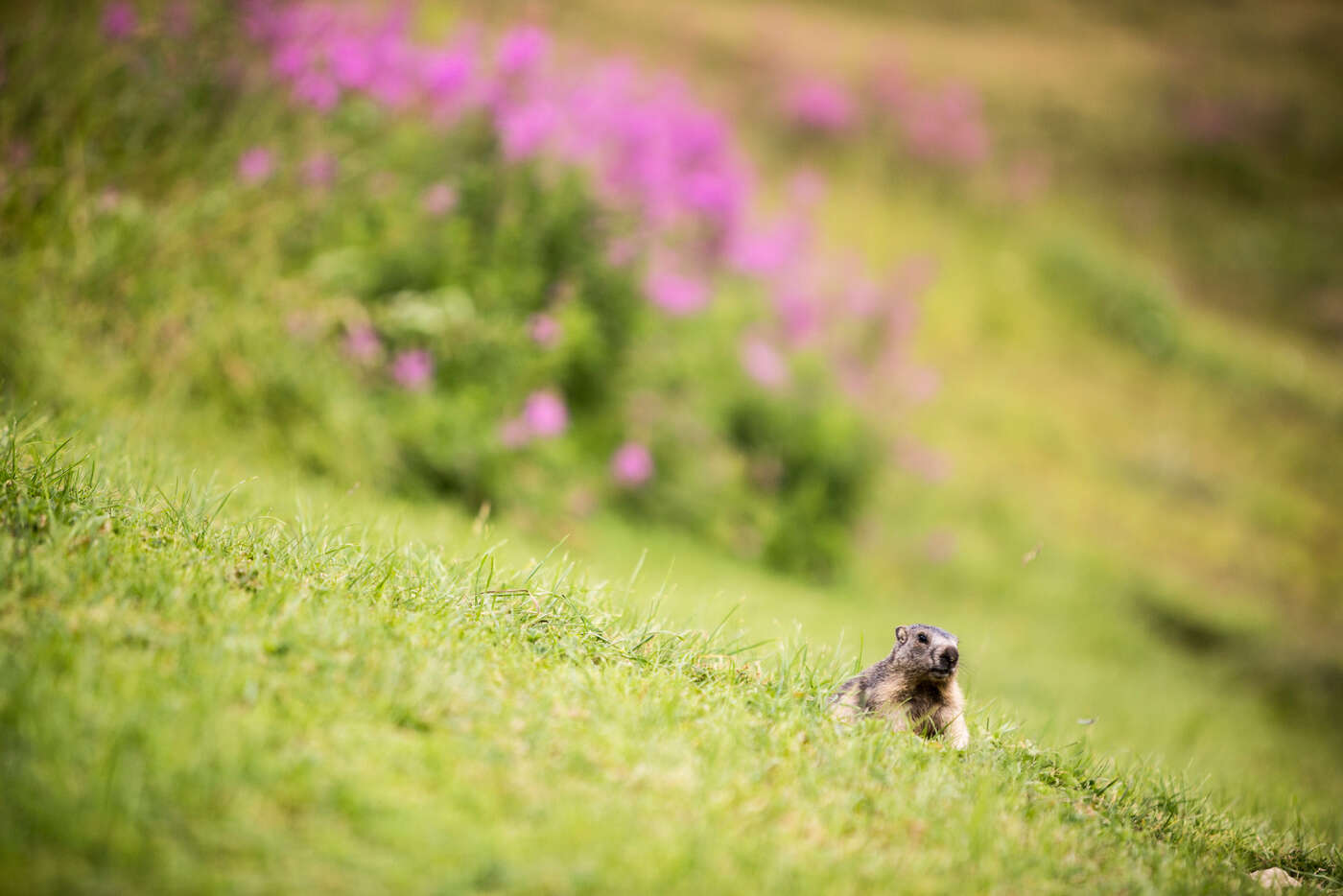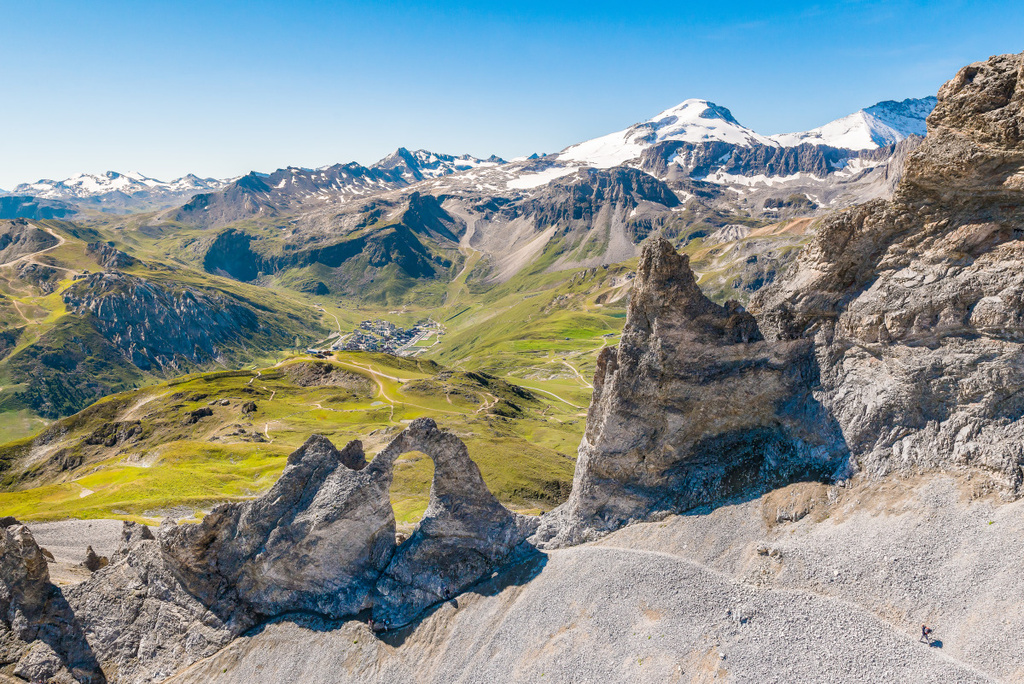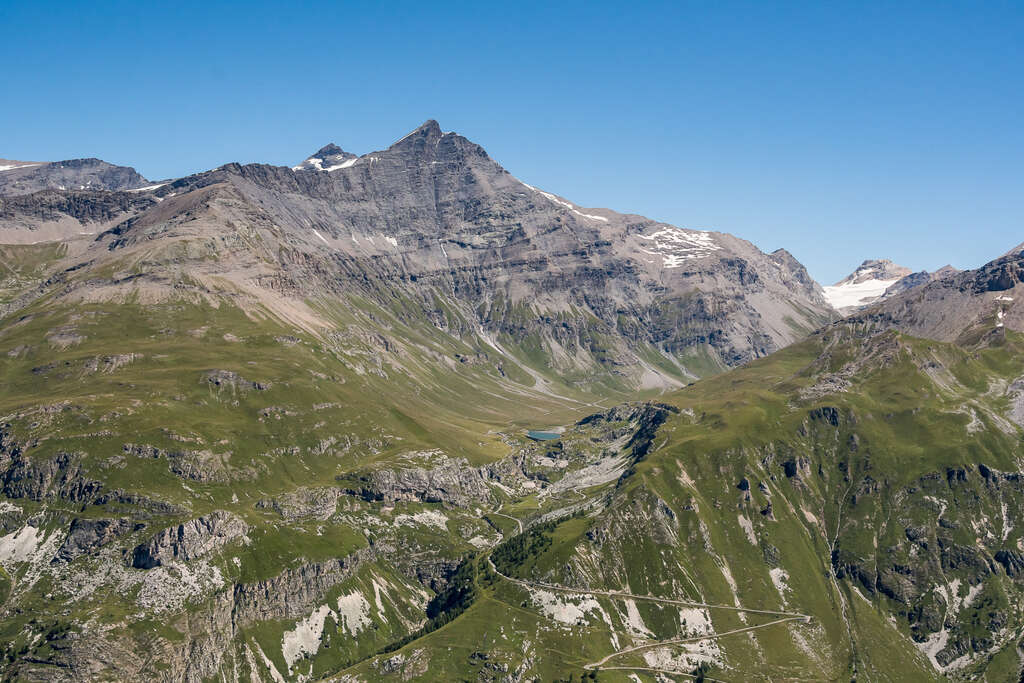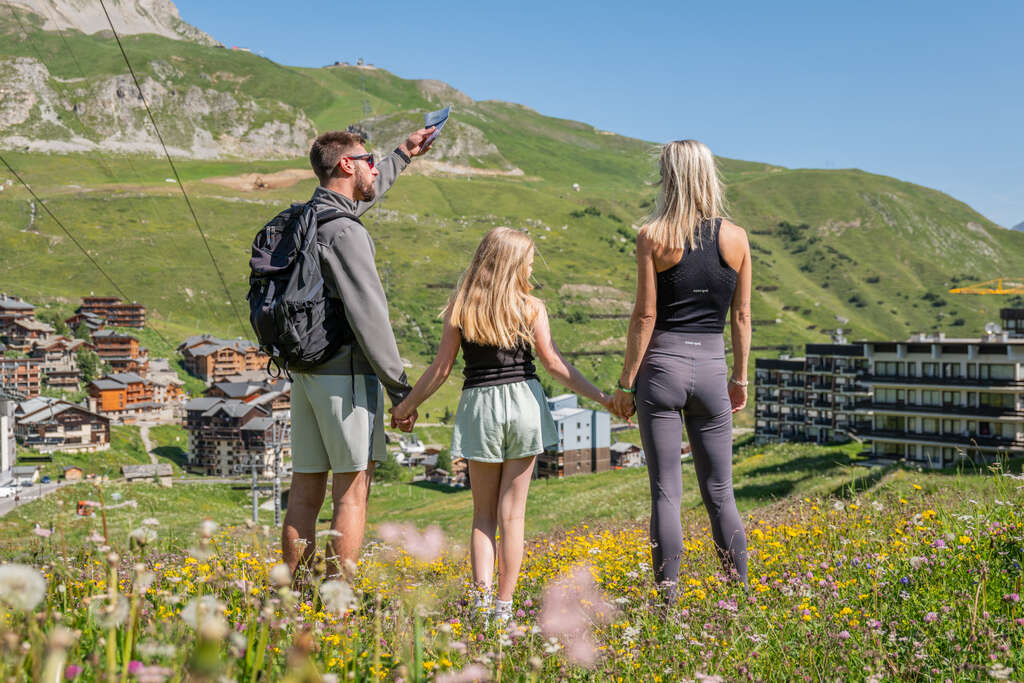5 great tips for your next hike

There comes a time in every hiker’s life when knowing how to read an IGN map, recognise mountain flowers or spot a chamois in the distance is no longer enough to impress your friends or children. Are you running out of ideas to make the eyes of those who accompany you on the trails light up again? It’s time to step up your game with some unusual facts to casually slip into conversation on your next hike!
An ideal playground
The hiking trails of the Vanoise National Park and the Tignes – Champagny and Grande Sassière Nature Reserves are an inexhaustible source of pleasure for those who love to hike. Discover the flora and fauna, get your heart rate up by climbing passes and summits, be dazzled by the beauty of this high mountain territory, set off on an adventure and swap the comfort of your bed for the more basic but more authentic comfort of a refuge… Unforgettable memories that outdoor enthusiasts collect like so many little treasures.
Despite all the passion you try to pass on to your fellow hikers, you can feel the troops’ motivation starting to wane after 10 kilometers of riding? Pick an anecdote from our selection below, and enjoy their amazed reactions!
Children raised in the great outdoors
A tip that will have your kids dragging their feet on their way to school in the morning! Did you know that some refuge wardens choose to spend their spring and summer seasons with their families? Such is the case of Claire Lanari, keeper of the Fond des Fours refuge, who lives in the middle of the Vanoise National Park mountains with her children Bastien and Romain for most of the year (and who therefore spent the confinement of spring 2020 in an isolated but enchanting setting, when the two little ones were respectively 4 years and 18 months old!) Remote schooling with ibexes as neighbors, not bad, eh?
Seaweed far from the sea
When hiking at altitude, you may have already observed this astonishing phenomenon: the residual snow still present at the start of the summer season (névés) takes on a pinkish hue! While the yellow/ochre coloring sometimes observed on winter slopes is due to sand transported by the wind directly from the Sahara (a fascinating fact in itself), the pink/red coloring is caused by an algae (chlamydomonas nivalis) that “wakes up” in spring when temperatures rise and the snow melts. A natural phenomenon, but an intriguing one nonetheless!
Groundhogs… not so cute!
You could keep it classic and talk about hibernation, waking up in mid-March, and the first time the marmottons emerge from their burrows in early July. Play the scientific card and talk about chemical communication through scent. Mention the fact that the oldest marmot identified in the Grande Sassière Nature Reserve was 15 years old. But for guaranteed effect, drop a bombshell: did you know that marmots… are capable of burying their enemies alive? A question of survival in a context of saturation of the territory on which they live and are socially organized.

Flowers that change color
Next time you’re out walking in the woods and come across an anthill, pick a blue flower nearby, place it on the anthill, and gently “annoy” the insects (with air, for example, by blowing on them carefully). Magic: the flower will turn purple! In fact, ants of the Formicinae sub-family have the particularity of spraying formic acid when they feel threatened. It’s this substance that causes the color change (but you don’t have to reveal your magician’s secret!).
The aster that hides the edelweiss
Edelweiss are rare and protected mountain flowers, which makes them a natural attraction. Unfortunately (or fortunately?), their dull color makes them hard to spot. Asters, on the other hand, are easy to identify with their violet petals and orange hearts. As it happens, asters and edelweiss grow on the same land. Conclusion: look for asters, and increase your chances of finding edelweiss! To be touched with the eyes only.

The most Instagrammable places in Tignes

The Aiguille de la Grande Sassière hike

4 unbeatable techniques to get your kids to love hiking
